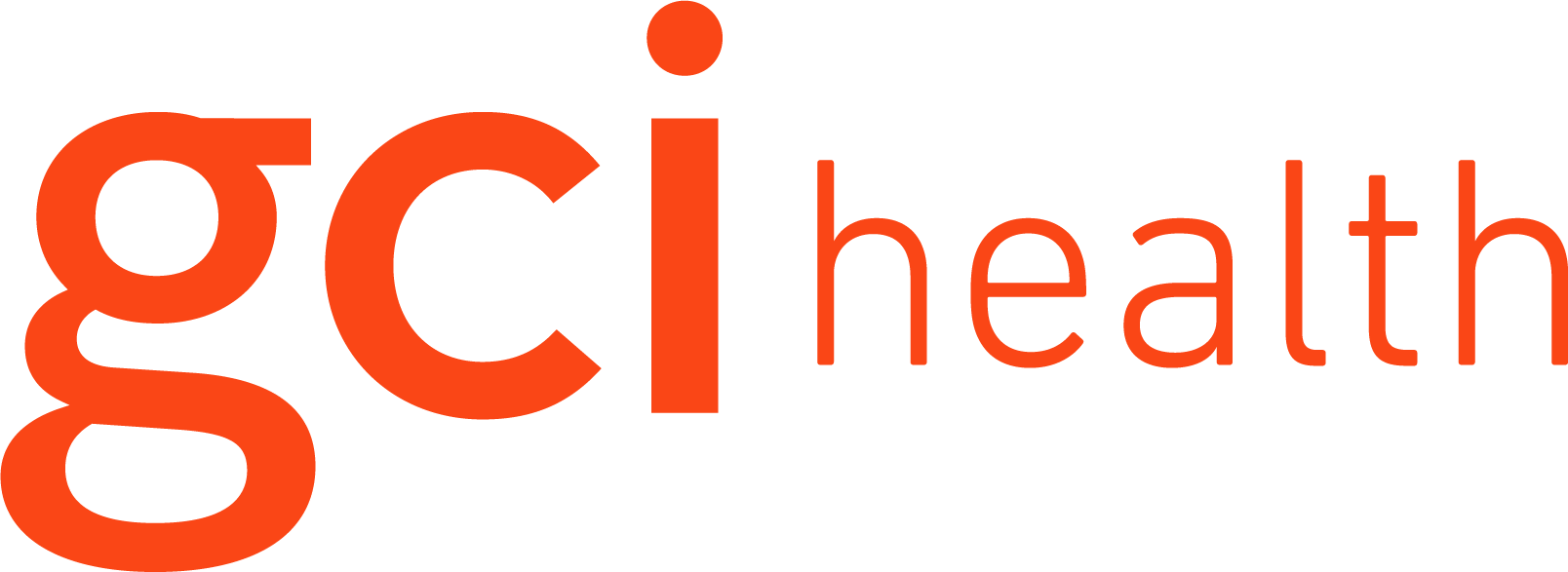It’s been nearly two weeks since I’ve left my house amid the coronavirus-induced quarantine. And in this strange new virtual world, as the U.S. teeters on the brink of a nationwide shutdown, I can’t help thinking to myself: Didn’t we see this coming? Of course, for those of us in the global health community, this question can be answered only by a resounding, “Yes!”
And yet, here we are.
Since this novel coronavirus, which we now know to cause what has been named COVID-19, was first reported in Wuhan, China, we’ve seen it sweep regions and continents, crippling communities and economies in its path. According to the World Health Organization (WHO), more than 635,000 cases have been reported in 202 countries or territories to date, and more than 30,000 people have lost their lives to the highly infectious virus. And these numbers continue to rise by the hour.
While little is known about COVID-19 – and perhaps because of this absence of information – the disease has become ubiquitous over the past three months, dominating news cycles and capturing imaginations around the world.
Above all, it has turned a spotlight on the cracks in health systems around the world, including here in the U.S. The shortage of personal protective equipment (PPE) is getting worse by the day for our front-line healthcare workers, and a lack of available testing fuels frustration and chaos in communities. For many, the COVID-19 pandemic has elucidated in a very real and personal way the health inequities that have been conveniently kept at bay in “poor” countries.
But it has also showcased a breakdown in our communications.
I go back to my earlier question: Didn’t we see this coming? Many of us in the global health community have been beating this drum for years, highlighting that a pandemic flu is one of the greatest challenges we face. It was in this spirit that our community was so crucial in the development of the Global Health Security Agenda amid the 2014 West African Ebola crisis. Endorsed by the G-7, global health security quickly climbed the agendas of groups like the G-20, under the German leadership, and others.
But in a time of shifting geopolitical agendas and competing priorities, our foothold seems to have slipped. Like many, I’m left wondering what happened. Were we not speaking loudly enough, or have our messages simply fallen on deaf ears? Perhaps the issue is that we haven’t managed to resonate with decision-makers and influencers across governments and societies.
Even before a pandemic was declared, our sounding calls led to little more preparation than a hoarding of PPE, toilet paper and canned foods, rather than shoring up the system required to withstand the shock of such an outbreak. And now, despite legal action and calls from governors and healthcare workers for entire states to stay inside, so many defiantly choose to gather with friends or clog our systems in search of a test – whether they require one or not.
According to a recent poll conducted by the Kaiser Family Foundation, while many people report heeding expert advice and taking precautions, less than 50% indicated that they had changed or canceled travel plans, were avoiding large crowds or staying home from work. Compared to the general public, older adults with underlying risk factors are no more likely to take these sorts of precautions, and millennials are not taking the situation seriously either.
“This is a time for prudence, not panic,” the United Nations Secretary-General has reminded us, “Science, not stigma. Facts, not fear.” But I’m not sure we’ve held up our end of the bargain when it comes to the facts. In an age of global connectivity, information (both accurate and exaggerated) is spreading at a rate that is far outpacing investigations and what experts understand about the virus.
Strong, reliable and evidence-based communications are critical to making sure that accurate information breaks through the noise and resonates with consumers and communities. But accurate information means little if it is not also trusted. There are a number of things that we, as global health communicators, can and should be doing to ensure this happens.
First, we need to tackle misinformation at its root. In this brave new digital world, information is at our fingertips – whether in capital cities or rural villages. As we’ve seen time and time again, social media is a powerful tool to promote a counternarrative built on inaccurate and often emotionally charged information. Even in the presence of evidence, this can result in a divide between accurate and not-so-accurate information, creating a rift in communities and a rumor mill that churns out false information.
The WHO has begun working with the likes of Google, Facebook and WhatsApp to ensure credible and accurate information is populating search engines and penetrating online discussions. This is a critical step, but we must also work to combat the underlying algorithms that continue to fill our screens with false information and our minds with a “Contagion”-like plotline. In doing so, we have an opportunity to leverage these social and digital platforms for good, as powerful tools to support compelling campaigns that shape a new narrative and encourage healthy behaviors. As we log online in unprecedented numbers seeking to connect in quarantine, let’s also be sure that the information we’re finding is accurate and trusted.
We also have to continue pushing to ensure the inclusion of balanced, comprehensive perspectives and accurate information in the stories we’re creating. We know that shock and fear sell a better story, but in the time of an outbreak, we must help shape a broader picture of the situation by providing the full context. From the outset of this pandemic, it has been likened to MERS and SARS – and for good reason. But while COVID-19 is extremely infectious, and as we watch the death toll spike in Italy, it generally appears to have a lower mortality rate than these previous pandemics. Not that it isn’t deathly serious – it is – but context is key.
Similar context will be key as tests are becoming more available – though still significantly lacking – in communities through government-supported drive-through operations. While this is already leading to a spike in reported cases, we have to remind the public that this is due to testing and reporting protocols, not a more potent virus than we’d thought.
Lastly, we have to be careful about the language we’re using. Right now, maintaining a sense of community is vital, and the language we use can help ensure that it stays intact. Attaching the coronavirus to any one nation or people is simply not helpful, and as we’ve seen with increased attacks on Asian communities, can be downright dangerous. We must also not attribute a positive diagnosis to one’s identity. Individuals exhibiting symptoms, even those who have tested positive for the virus, are still people. They are already battling excruciating symptoms, so let’s not add the anxiety of stigma to the mix.
Yes, we saw this coming. And for those who worked during the onset of the AIDS crisis, this likely looks like familiar territory. Let us draw lessons from the HIV pandemic and double down on our efforts to promote facts over fear, correct misinformation, ensure a balanced perspective and protect our sense of community.
Now is a time for vigilance, solidarity and solid communication. As we dig in our heels, let us also take stock of our efforts and be honest about our shortcomings, so that we can be sure our warnings will not fall flat next time.
This piece was written by Trey Watkins, MPH, Senior Vice President, Global Health & Corporate Responsibility, GCI Health. GCI Health has a straightforward vision: to be the best multi-channel communications firm in the world specializing in health and wellness. Trey leads the global health and corporate responsibility offering at GCI Health, a global healthcare communications agency. He has a background in international health and development and has served in several capacities in the U.N. system, including with the WHO and most recently as a health adviser in the U.N. Secretary-General’s office.
https://globalhealth.org/communicating-in-the-time-of-coronavirus-can-anybody-hear-us/?fbclid=IwAR3dQHPvCohCorYSX4o_-WOdzvol4dGwMXGBKk6YBbHjP5BuxaKXikhhNT0



